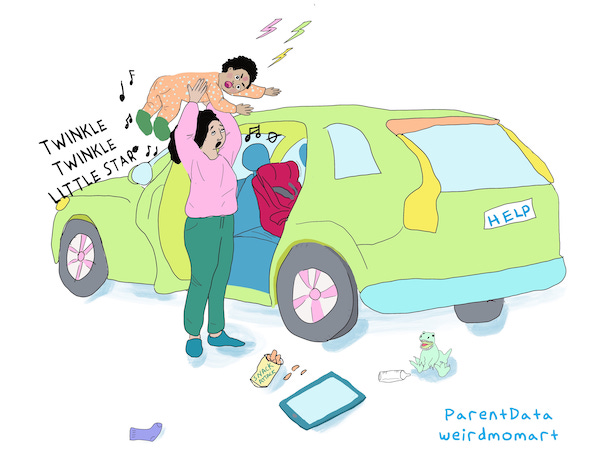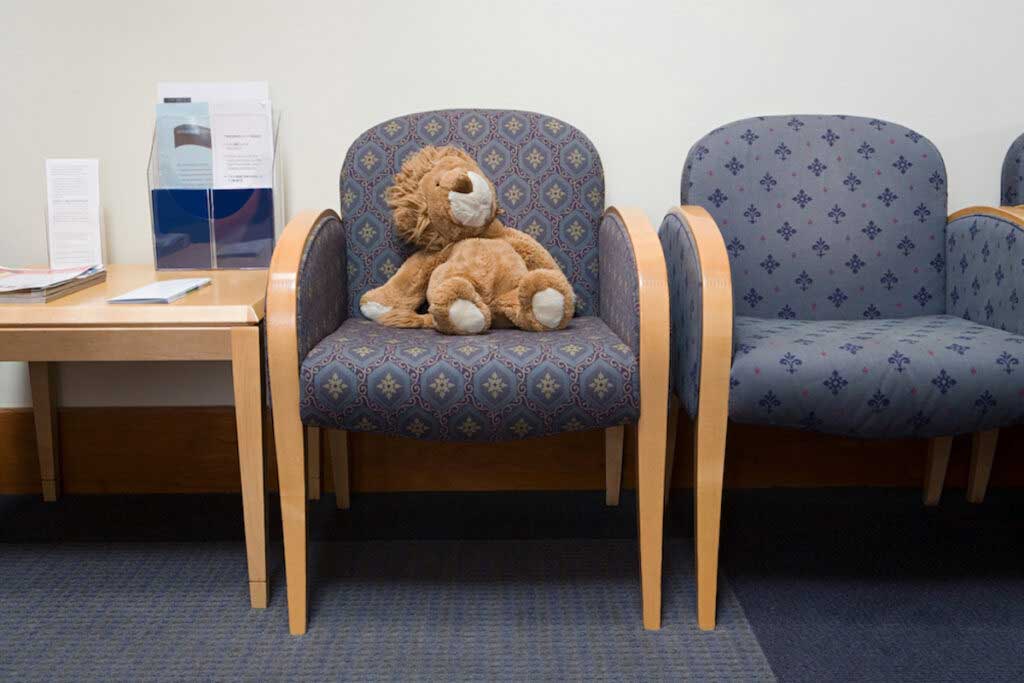Wins and Woes is our community newsletter — a place for your stories and questions, where you can connect directly with other ParentData readers.
In honor of AAPI (Asian American and Pacific Islander) Heritage Month, we asked our AAPI readers to share their parenting joys and challenges with us.
From navigating cultural traditions to fostering a sense of identity, AAPI parents bring unique perspectives to the journey of raising children. Today we are celebrating and shining a light on those experiences through a few of the stories that you sent us. Thanks to everyone who wrote in.
We also have a question from a parent who needs help getting her toddler into the car seat — share your commiseration or ideas! As always, this is your space, so please submit a story for next week or leave a comment for any of your fellow readers.
Lorin says:
My biggest joy lately has been that our son started walking just after he turned a year old. He’s so happy staggering around the house, giggling constantly, and usually bouncing right back up after a fall. He even started playing chase with us, and it’s so funny watching him try to run!
My biggest challenge these past couple of weeks has been mealtime. He eats a few bites of something and then refuses any more. He accepts a piece of muffin and then disdainfully tosses it on the floor with this side-eye, as if to say, “You dare feed me this slop?” Or he takes a piece of tofu and shoves it underneath his leg, smearing it all up and down his pants. Instead of 20 minutes happily downing three items like he used to do, we’re now offering him eight different dishes under heavy negotiation for an hour. Here’s hoping it’s just a phase!
Susan says:
My biggest joy recently has been listening to my 3-year-old sing Laurie Berkner songs, watching her imitate Misty Copeland’s dancing, and having her ask me how to say things in Mandarin. I love seeing her curious and creative sides blooming at this age.
My biggest challenge lately is deciding on a preschool for next year. Do we continue to enroll our 3-year-old in a Mandarin immersion program, so that she gets exposed to Mandarin and Chinese culture and feels pride in her heritage, even if it comes with some parts of traditional Chinese culture that we don’t like (e.g. equating obedience with goodness and avoiding open discussion of negative emotions)? Or do we put her in a traditional day care/preschool center that focuses on balanced learning and socioemotional skills but where the other kids, teachers, and curriculum are not AAPI?
As someone who grew up Chinese-American in a predominantly white suburb and wished for blond hair and big, blue eyes as a kid, I really want my biracial child to feel proud of who she is and where her family comes from — knowing the culture and some of the language, and having it feel normalized. But I also want her to advocate for herself and be in touch with her emotions, embrace them, know how to cope with them, and discuss them with us. I wish I had a magic looking glass that could tell me how much one or the other would impact her down the line, but for now my husband (who is white) and I have to decide what we value more at this stage in her life and what we’re willing to do at home to make up any gaps from either decision.
Mariko says:
My biggest joy comes from a recent parent-teacher conference with my middle daughter’s teacher at Japanese school (where I take my older two kids, ages 9 and 5, on Saturday mornings). I speak to my kids in Japanese (their father speaks to them in English), but the middle one usually responds in English, which is by far her stronger language — and I had thought that she’d be struggling to speak in Japanese at school too. But I was overjoyed to hear from her teacher that since our trip to see my parents in Japan over winter break, our first since the pandemic, her whole demeanor has changed. She’s enthusiastically speaking in Japanese with her teachers and her classmates and proactively participating in class. I am so happy to hear that she’s happy and engaged!
My biggest challenge is that I think a lot about how to raise BIPOC kids who have a lot of privilege. How do I raise them to recognize the many layers of privilege they enjoy and to use their powers for good, while also recognizing their identity as marginalized POC? Finding room for their Asian heritage when many social justice conversations don’t focus on Asian stories has been challenging.
Ophelia says:
My biggest joy as a first-time parent to a 10-week-old has been watching my parents delight in my daughter. They’re immigrants, and geographic separation kept me from developing a relationship with my own grandparents. In contrast, this kid has created such an explosion of love between herself and my parents, herself and my wife, my wife and my parents, and my parents and me.
My biggest challenge has been the difficulty of receiving help. We’re grateful to have loving family and friends, but I’m used to putting pressure on myself to do everything independently to avoid feeling like a failure. My own parents parented me in far more difficult circumstances. Thus, reaching out for and receiving help has been a humbling experience.
This week’s reader question

My 22-month-old hates the car seat. I can count on one hand the times I didn’t need to bribe/distract her while getting into the car seat since birth. Music (no longer works), toys (no longer work), snacks (no longer work), and now the screen (what I have resorted to) is how I can get her in. She fights and screams, “No mama. Stop it!” It’s exhausting, especially on days when we need to take her in and out multiple times. Ideas? Words of encouragement? I’ll take anything!
–Laura

















